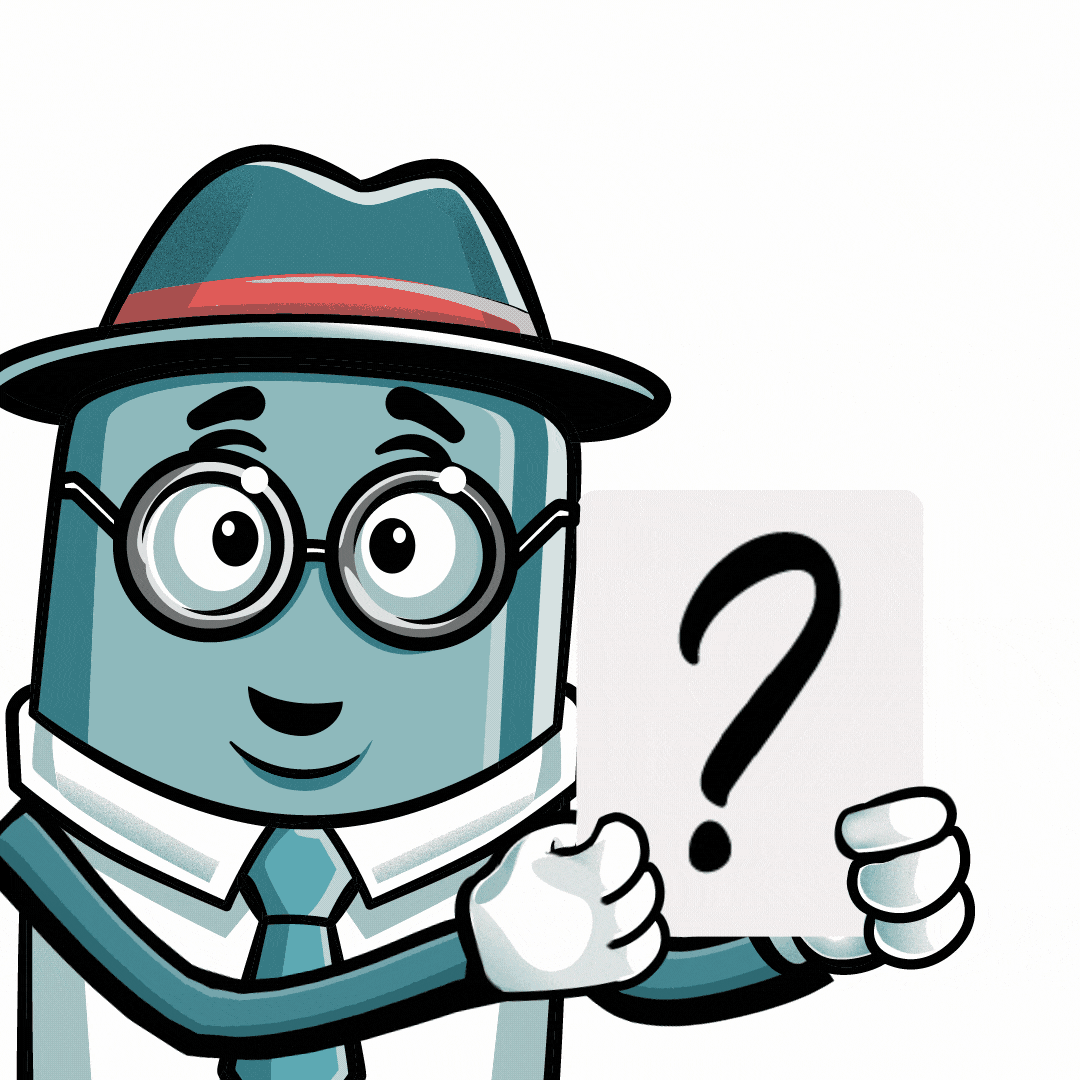

The mistake I made in my first two failed ventures that I see everywhere now.
The obsession over being “better.”
Better features.
Better pricing.
Better customer service.
I spent $80K trying to out-execute competitors at their own game. Both companies died.
Here's what I didn't understand then but see clearly after analyzing 70+ breakout brands, customers aren't actually buying the best product. They're buying something they can't get anywhere else.
Netflix didn't become “better Blockbuster.” They made Blockbuster irrelevant. Same with every category winner I've studied. They don't compete.
Their intent is to make competition meaningless.
Or to rephrase it differently, the smart brands are playing a completely different game.


“THE BEST ALWAYS BLEND.”


THE LINE DEFINED
You’ve probably heard that being the best in your category is the key to success. Everyone’s chasing that #1 spot. But what if I told you that being different is more valuable than being the best?”
Here’s the problem. When you’re obsessed with being the best, you’re playing someone else’s game. You’re following their rules, their standards, their playbook. And guess what? Your customers can’t tell the difference between your “best” and your competitor's “best.” It’s just noise.
What actually works is carving out your own space. Think about it - Netflix didn’t try to be a better Blockbuster. They created something totally different. With Consumer Brands, you don’t need to be the best. You need to be the only one who does what you do, the way you do it.
Think about it - Netflix didn’t try to be a better Blockbuster.
They created something totally different.

THE LINE DEMONSTRATED
Take Atlas Coffee Club, for example.
Each month, they send unique coffees from around the world, with tasting notes and brewing tips.
By emphasizing discovery, Atlas created an experience that coffee lovers can't resist.
Atlas Coffee Club sends you micro-lot coffees that are sourced from around the world, often making their U.S. debut via the service.
Each shipment includes a postcard and a pamphlet with detailed information about the coffee's origin, tasting notes, and brew recommendations.
This has the power of turning it into an educational and cultural experience.
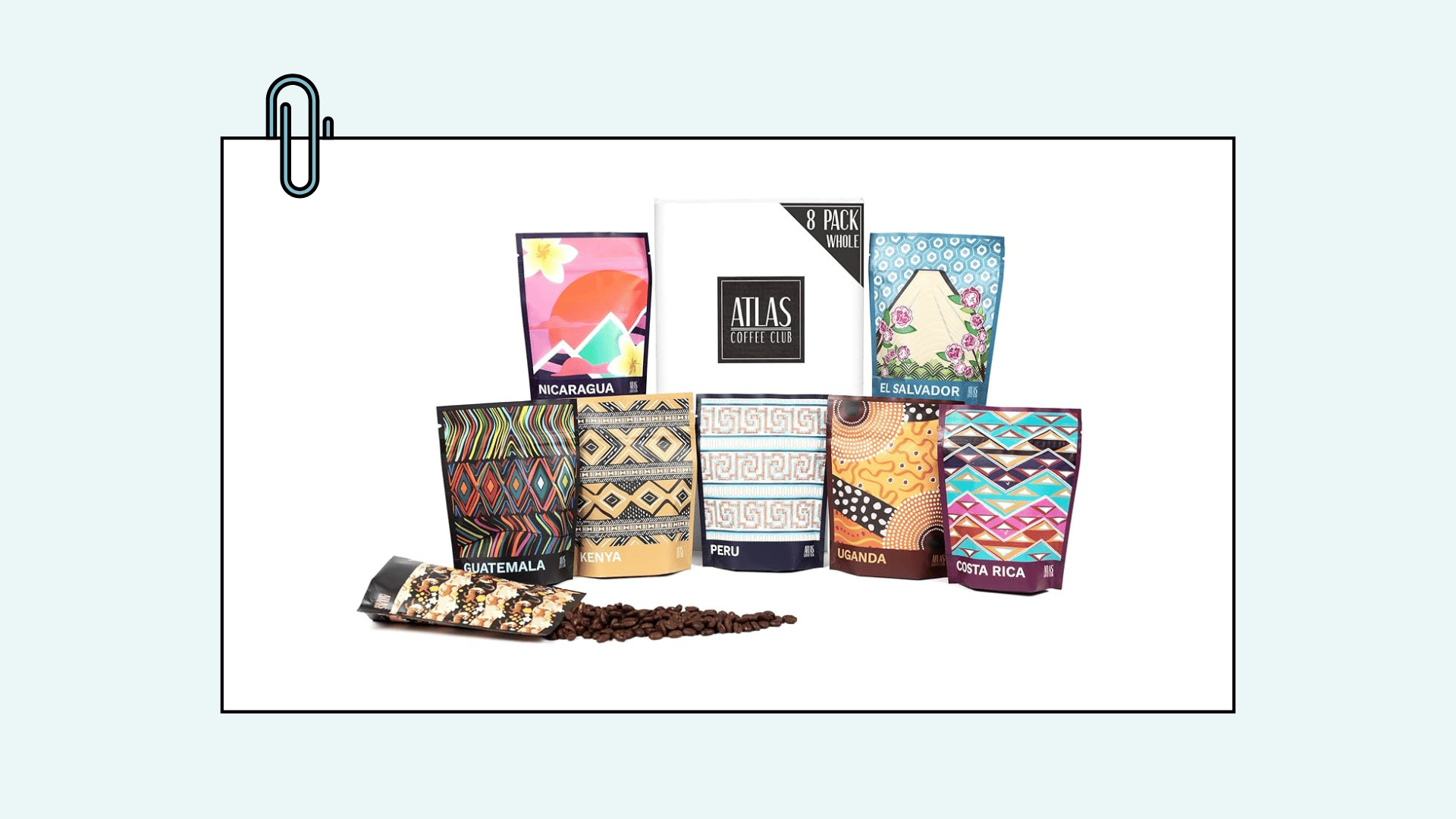
With such an approach they transcend themselves from selling beans to selling an adventure. Thereby transforming a simple daily ritual into an opportunity for discovery and learning.
This curated approach helps customers deepen their coffee knowledge and appreciate the communities and traditions behind each brew. Making it a distinct offering vs services that focus purely on coffee quality or offer a vast, unguided selection.

THE LINE DEPLOYED
Now, how can you infuse uniqueness into your own brand?
Pick one customer group you know well.
Build your brand entirely for them.
Example: Instead of generic workout gear, you focus on runners who need ultra-light, durable clothing.
Again this could take the form of obsessing over some of the micro details. Including making the fabrics more breathable, color trim variations, or even the placement of stitches.
This obsession with details is how you separate yourself from cookie-cutter competition.
Don't be better. Be different.


THE LINE ILLUSTRATED
The Problem. The solution. In one visual.
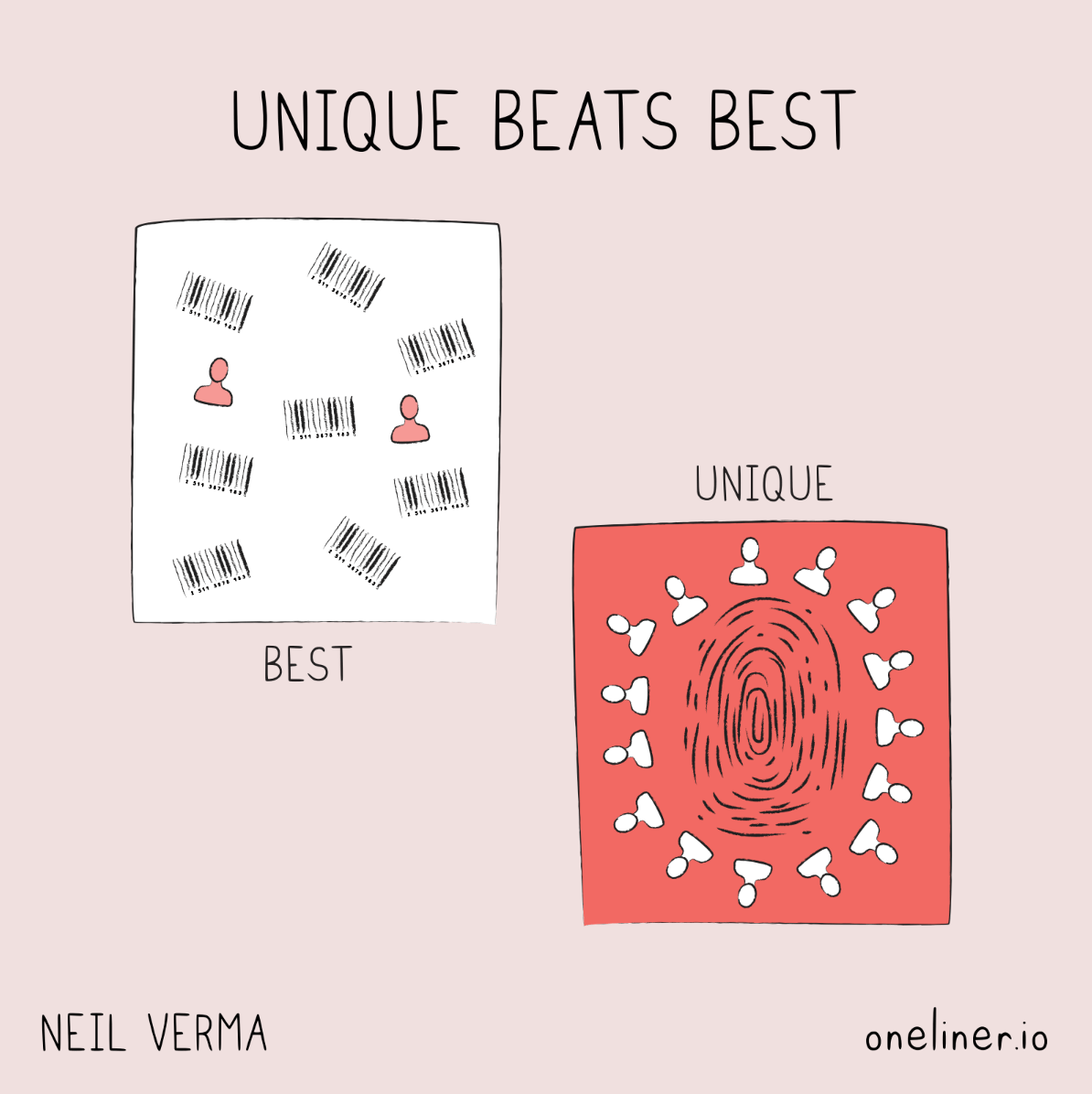


THE LINE ON FILM
What if building an eCommerce brand isn't about being the best. See when you obsess being the best, you're playing someone else's game.
You're follow their rules, their standards, their playbook. And guess what? Your customers can't tell the difference between your “best” and theirs.
It's all just noise.


THE LINE: Q&A
What if my product category is really basic - how can I make it unique? How do I know if my unique angle is actually appealing to customers?
Let me give you an example. And this comes from the most basic product, you can imagine - Toilet Paper.
Who Gives A Crap turned this super basic product into something exciting by making it about saving forests and building toilets in developing countries. They use colorful packaging, write funny copy, and make people feel good about buying toilet paper. They took something nobody thinks about and made it conversation-worthy.
When you think something is “basic,” that's actually a huge opportunity. Basic products solve everyday problems, which means lots of people need them.
Maybe it's about where the materials come from, the people who make it, or the unexpected ways people use it. The key is to look at your product with fresh eyes and find the interesting angles that you are probably overlooking


THE LINE: LIGHTER SIDE
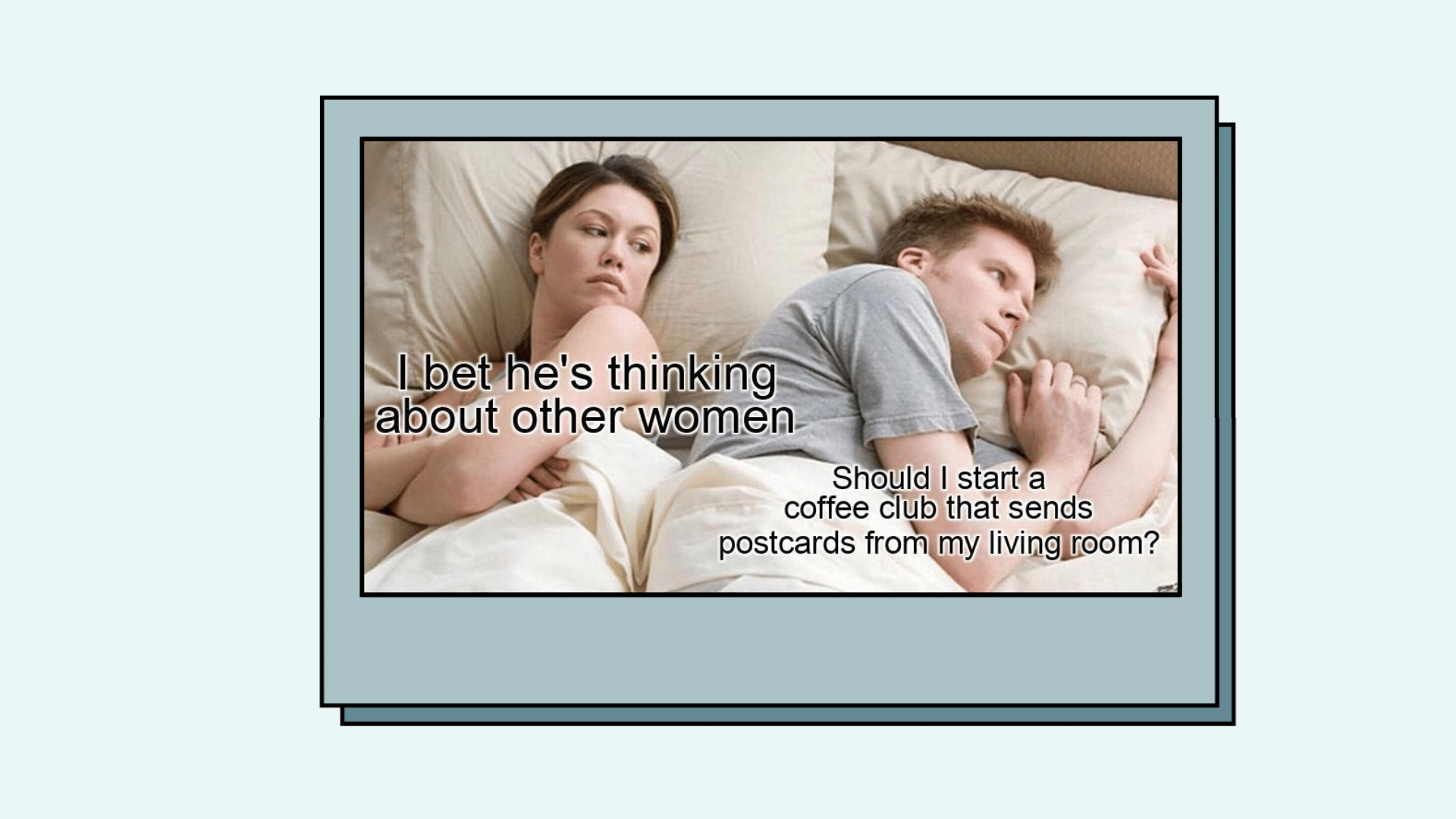


THE LINE RESOURCES
Looking to work with me, I offer help in three ways:
Get the One Pager BrandBuilder book and map your whole brand strategy on a single page. It’s fast, it’s clear, and it follows our 7C Method that we have applied to 70+ brands.
P.S. It’s under $15 (cheaper than your last Uber Eats order), loaded with legit bonuses (to help you hit the ground running), and yeah, it’s an Amazon bestseller!
Join BrandBuilder X. Weekly calls, real coaching, battle-tested templates, and direct support from strategists who’ve worked with brands like Amazon and Starbucks.
We don’t just teach brand. We coach you. We work with you. We build it together.
BrandBuilder All/In is your shortcut to a complete, crystal-clear strategy in 5 weeks. My team handles the strategy, the research, the messaging, the whole shebang.
You just show up and say “yes” or “nah.” Then walk away with a strategy that drives your whole business.

SHARE ONE LINER
Struggling to connect with customers?
I've created a FREE guide showing exactly how to build emotional connections with your brand.
Comment 'EMOTION' and I'll send it your way!
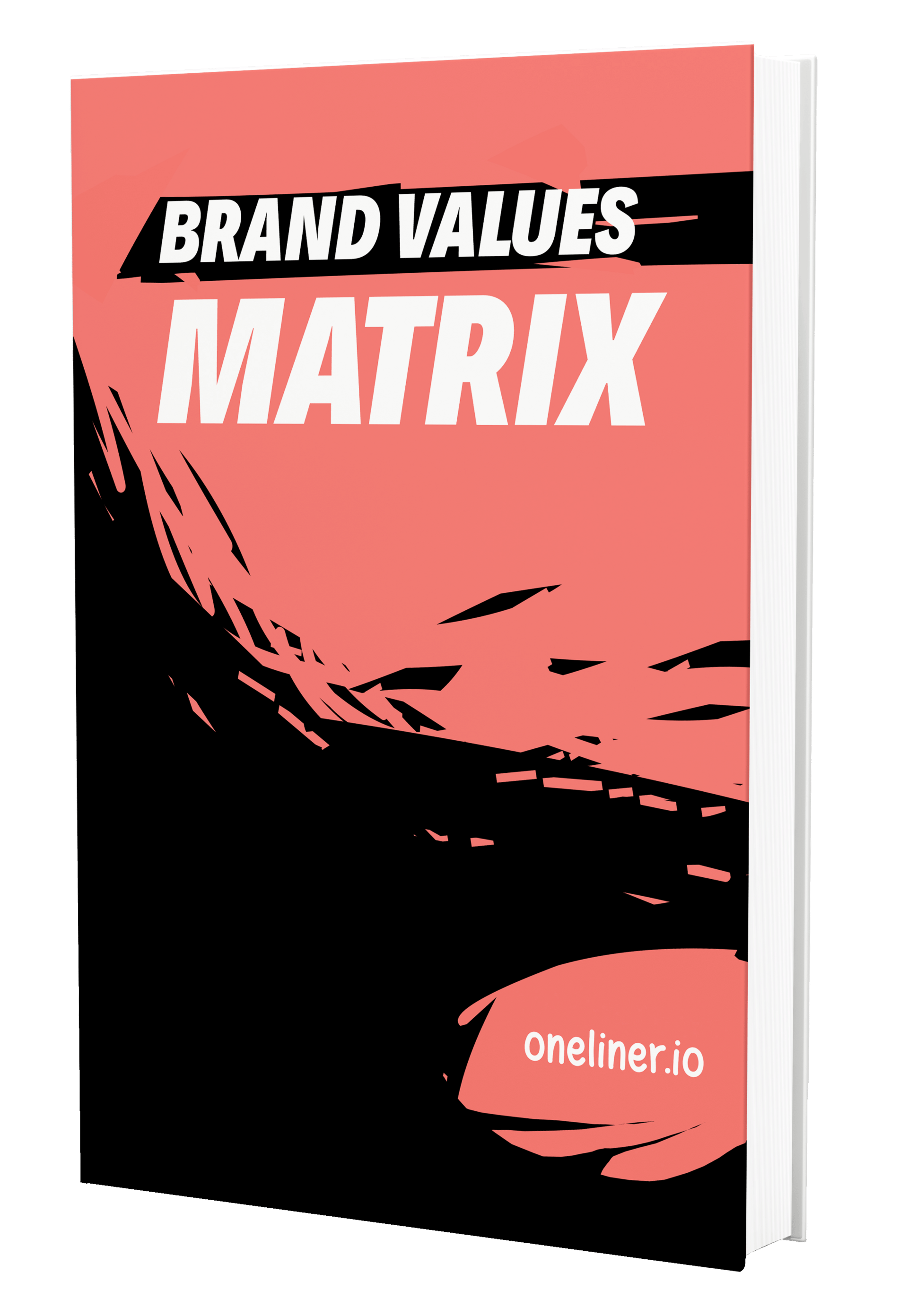
1 Referral = 1 Value PDF
{{rp_personalized_text}}
